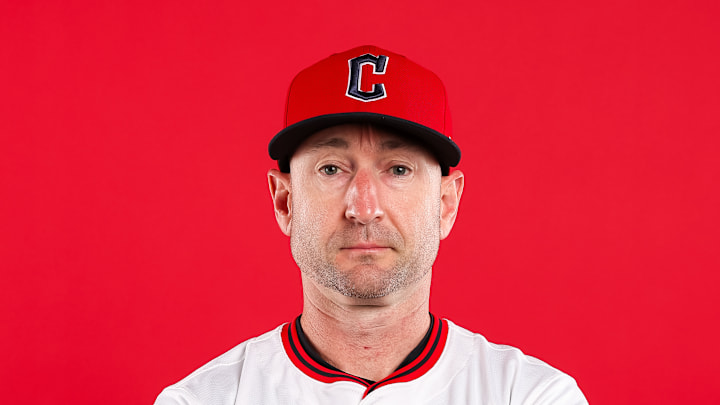Craig Albernaz showed up for Day 1 as the new face of the Baltimore Orioles, and the organization basically handed him a moving checklist instead of a settled room. Before he’s even posted a lineup card, his first impression of the job is staffers rolling suitcases out of Camden Yards — another reminder that this is not a gentle transition from one competitive window to the next.
For all the talk about culture, continuity, and “keeping the window open,” Baltimore has chosen turbulence, and now it falls on Albernaz to make chaos look intentional.
Orioles lose more coaches as Craig Albernaz inherits a mess
When multiple coaches from a 75-win team immediately land gigs elsewhere, it sends a layered message. Around the league, other clubs clearly believe there’s value in the voices Baltimore just cycled through. Inside the warehouse, it reads more like a hard pivot than a light tune-up. And that’s where this latest twist lands — on the same day Albernaz is introduced as the guy tasked with steadying the group, the Orioles watch more of his would-be staff walk out the door.
Cody Asche and Anthony Sanders heading to Detroit isn’t just a transaction line; it’s a snapshot of where this organization sits. Asche, elevated quickly through Baltimore’s system and trusted to shepherd an offense built around Adley Rutschman and Gunnar Henderson, now becomes an assistant hitting voice for the Tigers.
Sanders, a steady presence at first base since 2020, slides into the same role alongside A.J. Hinch. Those are dugout fixtures choosing a different project the moment they’re free to do so, and it underlines how thoroughly Baltimore has cracked open its coaching infrastructure.
Their exits follow the earlier departures of Sherman Johnson and Tommy Joseph, part of a hitting group that didn’t survive a last-place finish and an underachieving lineup. That collapse is the backdrop to everything. The Orioles didn’t just miss; they face-planted from contender to basement in a brutal AL East, and somebody was always going to pay for a stalled offense and stale game-planning.
Albernaz inherits not a nuanced tweak but a blank canvas: an entirely new hitting apparatus to build, new on-field voices to select, and a clubhouse that has to be convinced this isn’t panic, it’s purpose. If he nails those hires, the churn looks bold. If he doesn’t, it looks like Mike Elias and the front office just lit continuity on fire because they could.
That’s the other truth hiding inside this first-day twist: this is as much about Elias as it is about Albernaz. You don’t preside over a rapid staff exodus, install a first-time manager, overhaul an entire hitting program, and come off a last-place season without putting your own track record on trial.
The Orioles talked a big game about sustainable success. Sustainable means you identify which voices are worth doubling down on and which philosophies still play. Right now, it feels like they’ve chosen to unplug the whole system instead. Albernaz brings energy, personality, and a fresh lens — exactly what this roster might need — but he’s also stepping into a structure that has given him less familiarity and more responsibility by design.
So yes, this latest coaching shuffle on his first official day is a twist. It might ultimately be a necessary one. The Orioles needed accountability for 75-87. They needed new ideas. They needed to stop assuming last decade’s blueprint would carry this core into its prime. But stripping it down comes with real risk.
Albernaz now has to build trust with players while simultaneously auditioning a brand-new staff in a market that correctly believes this club should be relevant right now — not after another three-year “recalibration.”
